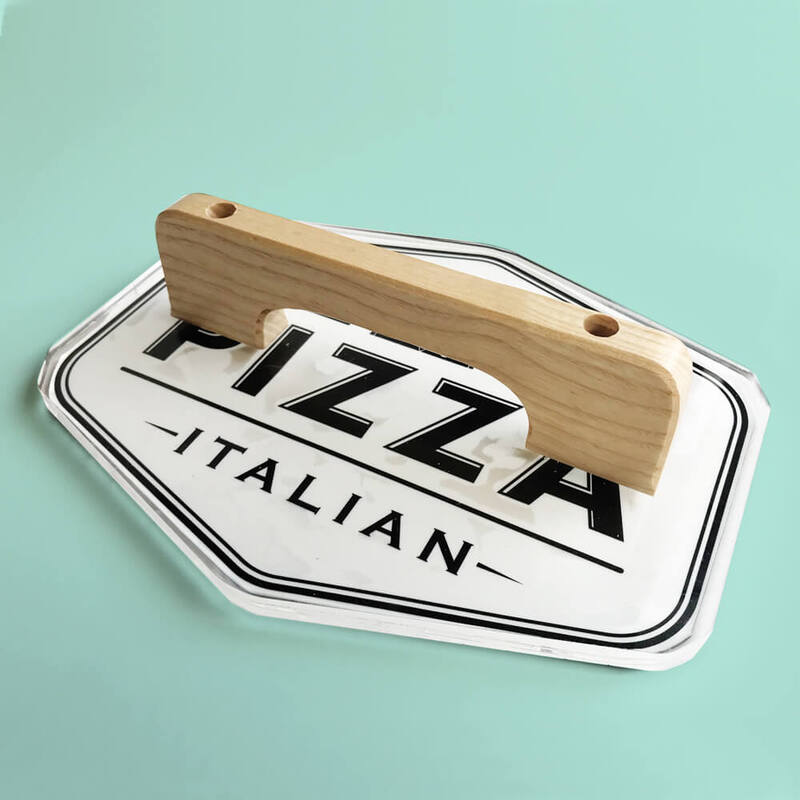The Art of Packing Boxes A Guide to Efficient Storage and Moving
In our fast-paced world, efficient organization has become paramount, especially when it comes to storage and moving. Packing boxes play a crucial role in this process, providing a sturdy and reliable way to transport our belongings from one place to another. Whether you’re relocating to a new home, storing seasonal items, or simply decluttering, understanding the art of packing boxes can make all the difference in ensuring that your items arrive in perfect condition.
Choosing the Right Box
The first step in effective packing is selecting the right box for the job. Boxes come in various sizes and strengths, so it’s important to choose one that suits your needs. Moving boxes are often made from corrugated cardboard and offer excellent protection for fragile items. For heavier objects like books, opt for smaller boxes to prevent the risk of them becoming too heavy to lift. Specialty boxes are also available for specific items, such as dish packs for dishes or wardrobe boxes with hanging rods for clothes.
Preparation and Materials
Once you've chosen your boxes, preparation is key. Gather all necessary packing materials, including bubble wrap, packing paper, tape, and markers for labeling. Bubble wrap and packing paper will provide cushioning for your fragile items, while strong packing tape will ensure that your boxes remain secure during transit. Additionally, a pair of scissors and a utility knife will assist in easily cutting boxes down to size if necessary.
The Packing Process
With the right materials at hand, it's time to start packing. Begin by packing heavy items first. Place them at the bottom of the box, and use packing paper or bubble wrap to cushion any fragile items that will be stacked on top. When packing dishes, remember to wrap each piece individually and use dividers if possible. This will help prevent them from clinking together and breaking during transport.
packing box

For clothing and textiles, rolling rather than folding can save space and minimize wrinkles. Fill empty spaces within the box with smaller items or crumpled packing paper to prevent movement during transit. It’s essential to not overload your boxes; a good rule of thumb is to keep them under 50 pounds to make them manageable and safe to lift.
Labeling Your Boxes
One of the most critical yet often overlooked parts of packing is labeling. As you pack each box, clearly label its contents on multiple sides and indicate whether the contents are fragile. This will help you easily identify boxes when unpacking and will alert movers to handle fragile items with care. If possible, create a master list of all boxes and their contents, assigning each box a number for easy reference.
The Unpacking Process
Upon reaching your new destination, the unpacking process begins. Start with essential boxes, such as those containing toiletries, chargers, and kitchen supplies. Unpack systematically, working from one room to the next, and make sure to recycle or repurpose your boxes afterward. Consider keeping a few versatile boxes for future use, as they can be invaluable for storage or upcoming moves.
Conclusion
The art of packing boxes is an invaluable skill that can facilitate efficient storage and smooth transitions during moving. By selecting the right boxes, preparing adequately, and following sound packing practices, you can ensure that your belongings remain intact and organized. With thoughtful labeling and a strategic approach to unpacking, you’ll find that settling into your new space can be a much less stressful experience. So the next time you face a packing challenge, remember that a well-packed box is the foundation of a seamless move.



